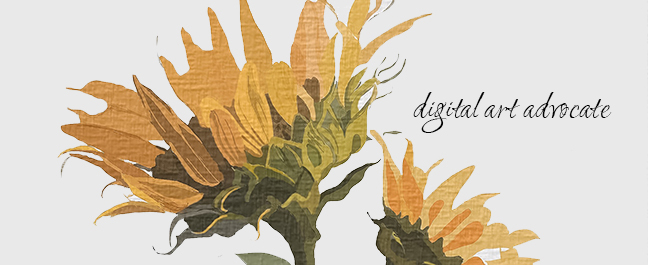Outrageous Love
 Thursday, November 13, 2008 at 06:14AM
Thursday, November 13, 2008 at 06:14AM Phillip Yancy, in his book by the same title, asks what's so amazing about grace and uses Jesus' parable of the prodigal son as an example. The son had shown great contempt for the father but eventually, and unexpectantly, came home. The son was full of remorse,but that is not the focus of the story; instead the parable focuses on the joy of the finder (the father, the bestower of grace). Yancy says:
".....the central focus of the story is the father's outrageous love: 'But while he was still a long way off, his father saw him and was filled with compassion for him; he ran to his son, threw his arms around him and kissed him.' When the son tries to repent, the father interrupts his prepared speech in order to get the celebration under way.
A missionary in Lebanon once read this parable to a group of villagers who lived in a culture very similar to the one Jesus described and who had never heard the story. 'What do you notice?' he asked.
Two details of the story stood out to the villagers. First, by claiming his inheritance early, the son was saying to the father 'I wish you were dead!' The villagers could not imagine a patriarch taking such an insult or agreeing to the son's demand. Second, they noticed that the father ran to greet his long-lost son. In the Middle East, a man of stature walks with slow and stately dignity; never does he run. In Jesus' story the father runs, and Jesus' audience no doubt gasped at this detail."
I am interested in Yancy's term outrageous love. Is this grace? Have I found a definition that makes sense to me? I think so.
You don't see much outrageous love these days. It is not in the fabric of today's culture; it is viewed through squinted eyes as a horrible form of weakness. As an example, ex's are expected to hate each other, questioned when they do not and judged stupid or weak by "good Christian people" who do not witness the animosity they expect to see between sinners who hurt each other. Each is expected to play the blame game andgrasp and weld whatever power he or she has to collect a pound of flesh. While jabbering about grace, elbowing each other out of the way to gather the crumbs of love, we do not know outrageous love when we see it. It still makes us gasp.
Oddly Katharine Hepburn and Jesus might have seen love eye to eye. Hepburn's insight makes me wonder if love is love at all if it is not outrageous. She said:
"Love has nothing to do with what you are expecting to get - only what you are expecting to give - which is everything. What you will receive in return varies. But it really has no connection with what you give. You give because you love and cannot help giving."
If, in fact, God has no hands but ours, are we not, as a result of the incarnation, the bearers of grace, one to another? Going into Advent, I want to ponder how more than just amazing grace is. I want to meditate upon its outrageousness and celebrate it wherever I am privileged to bear witness. Why celebrate? Because according to Yancy "Trace the roots of grace, or charis in Greek, and you will find a verb that means 'I rejoice, I am glad.'"
Therefore, let us keep the feast.
 Love
Love 






